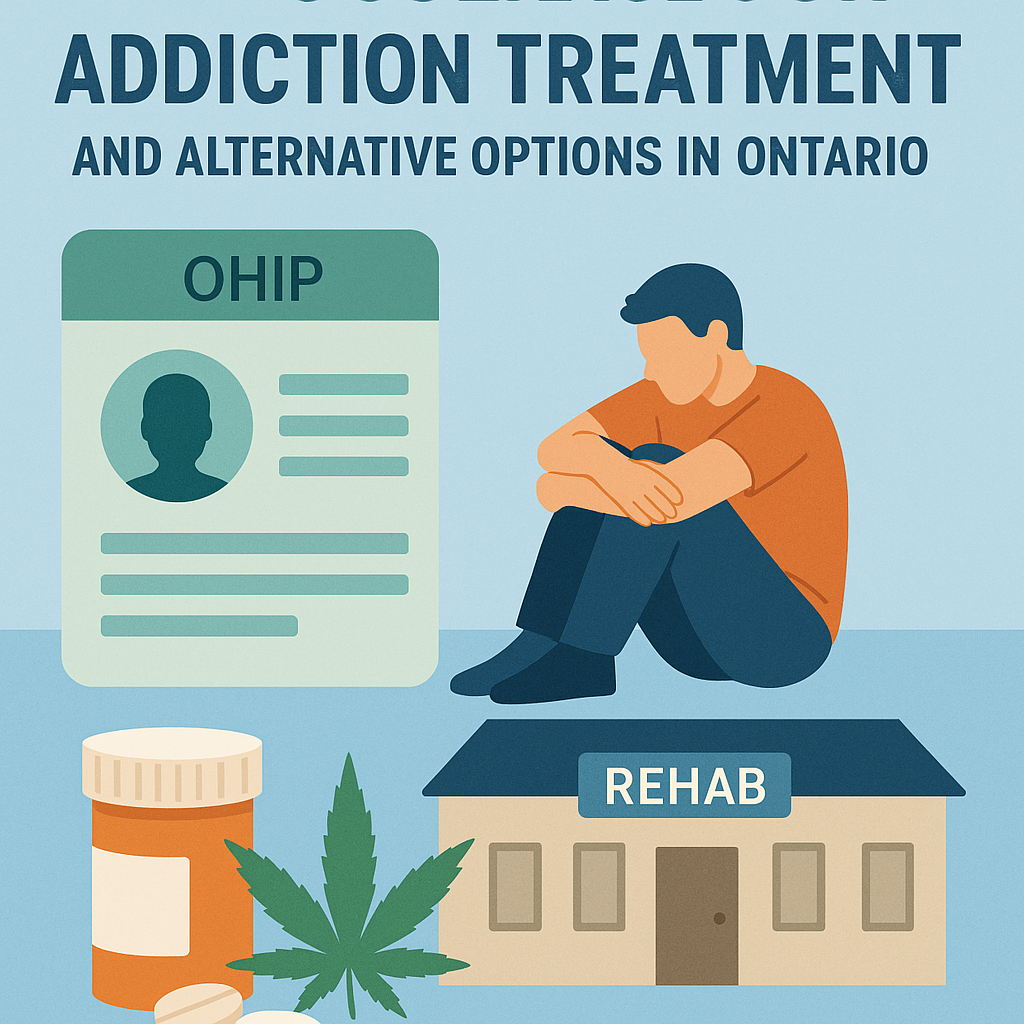Drug addiction is a multifaceted issue that goes beyond simple explanations. From the exterior, the path to addiction may seem straightforward, but the internal complexities are often misunderstood. This blog aims to explore the various factors that drive people to use drugs and how those initial choices can lead to addiction.
Curiosity and Experimentation
One of the most common starting points for drug use is curiosity. This natural human tendency is often heightened during adolescence and young adulthood, a time characterized by exploration and risk-taking. The decision to try drugs can stem from peer pressure, a desire to rebel, or simply the want to experience something new. However, what starts as experimentation can quickly escalate, leaving individuals vulnerable to the hooks of addiction.
Coping Mechanisms and Emotional Pain
For many, drug use isn’t about seeking thrills but coping with emotional distress or mental health issues. Conditions such as depression, anxiety, and trauma can make the allure of drugs more potent. They offer a temporary escape from psychological pain, but this respite often comes at a high cost. Over time, the reliance on substances to manage emotional states can become an ingrained habit, paving the way for addiction.
Social Influences and Environmental Factors
The environment one grows up in or resides can also play a significant role in drug use. Factors such as family history, socioeconomic status, and community attitudes towards drugs can influence an individual’s likelihood of using substances. Peer pressure and social networks often act as catalysts, especially when drug use is normalized within these circles.
Escaping Reality: A Double-Edged Sword
For some individuals, drugs offer a means of escaping reality. Whether it’s the stress of daily life, the weight of responsibilities, or the struggle with self-identity, substances can provide a momentary detachment from these burdens. However, this detachment can be addictive in itself, making reality harder to face and thus perpetuating a cycle of dependency.
The Biochemical Trap
It’s essential to understand the biochemical aspects of drug use to fully grasp how addiction manifests. Most addictive substances interfere with the brain’s reward system, releasing neurotransmitters like dopamine that induce feelings of pleasure or euphoria. Over time, the brain becomes reliant on the substance to feel “normal,” creating a physiological dependency that complements the psychological aspects of addiction.
Addiction: A Complex Interplay
Addiction rarely stems from a single factor; instead, it is often the result of a complex interplay between emotional, social, and biological elements. The cycle can become self-perpetuating, as the repercussions of addiction—whether they be broken relationships, financial strain, or declining physical health—often serve as new stressors that push individuals further into dependency.
Conclusion
The road to addiction is rarely straightforward and is often fraught with a multitude of influencing factors. From initial curiosity to emotional coping, from social influences to biochemical changes, each aspect contributes to the multifaceted nature of addiction. Understanding this complexity is crucial for developing effective prevention and treatment strategies, as it underscores the need for a holistic approach to addressing this pervasive issue.





